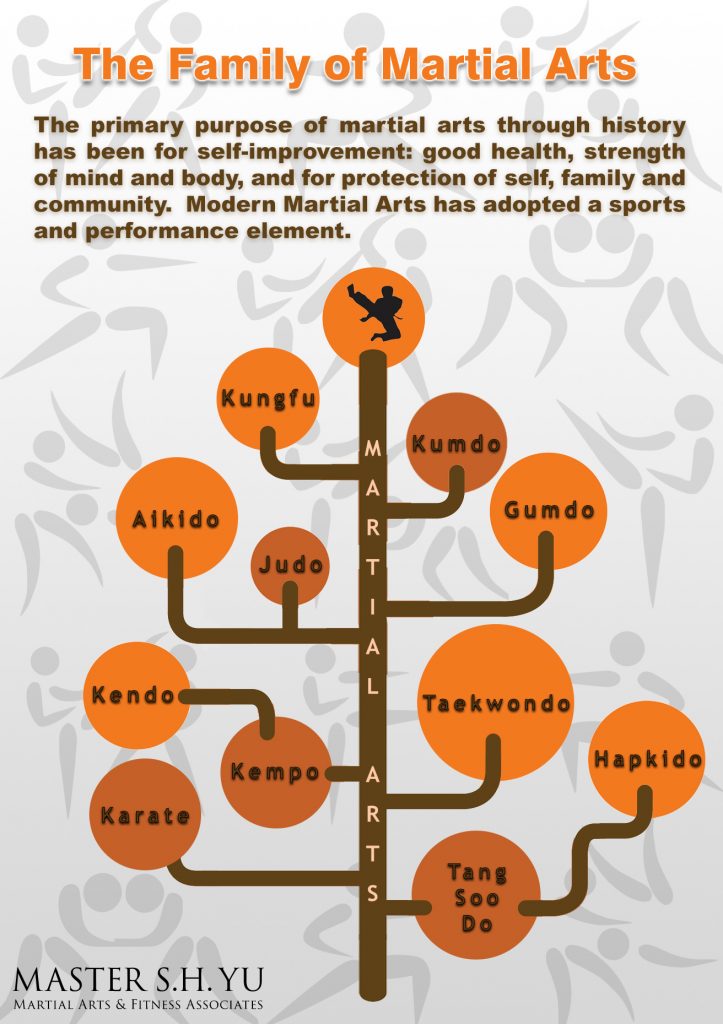Checking Out The Rich Heritage And Spiritual Measurement Of Martial Arts: An Extensive Evaluation
Checking Out The Rich Heritage And Spiritual Measurement Of Martial Arts: An Extensive Evaluation
Blog Article
Article Written By-Rafferty Friedman
Enter the old globe where martial arts were substantiated of necessity in diverse regions. Cultures crafted one-of-a-kind battling designs intertwined with historical contexts. Methods developed over centuries through committed technique and social exchanges. Today, modern-day martial arts mix conventional components for maximum performance. Philosophically, martial arts emphasize technique, self-improvement, and harmony. Regard, humbleness, and equilibrium are fundamental concepts directing practitioners towards development and resilience. Explore the depths of this abundant history and ideology to discover the profound impacts forming this long-lasting discipline.
Beginnings of Fighting Style
Fighting style came from numerous areas around the globe, developing as sensible fight systems to prevent hazards. These ancient battling styles were established out of necessity, with each society crafting methods matched to their distinct settings and obstacles. From the grappling arts of Jujutsu in Japan to the striking techniques of Kung Fu in China, martial arts were deeply linked with the historical, social, and cultural fabric of their corresponding societies.
In Japan, the samurai class refined martial arts like Kenjutsu, the art of the sword, which later on developed into the more promoted type of Kendo. Meanwhile, in Brazil, Capoeira emerged as a mix of dancing and battle, developed by enslaved Africans as a method to stand up to oppression. Each martial art lugs with it an abundant history and ideology, mirroring the worths and ideas of individuals that exercised them.
As you explore the origins of martial arts, you uncover a tapestry of human resourcefulness, durability, and the unrelenting spirit of warriors throughout time.
Advancement of Methods
Through centuries of technique and refinement, battle strategies within different martial arts have undertaken an extensive evolution. From ancient designs like Martial art and Karate to much more modern techniques such as Brazilian Jiu-Jitsu and Krav Maga, the advancement of techniques has actually been driven by a combination of social impacts, useful applications, and technological developments.
One substantial aspect of this development is the cross-pollination of methods in between different martial arts. As an example, techniques from standard Japanese Jiu-Jitsu were included right into the production of Judo by Jigoro Kano in the late 19th century. This mixing of designs has actually led to the growth of crossbreed martial arts like Mixed Martial Arts (MIXED MARTIAL ARTS), which combine aspects of striking, grappling, and entry strategies.
Furthermore, martial arts doncaster of techniques has actually been shaped by the enhancing emphasis on performance and performance in battle. Experts have actually continually looked for to improve their methods with rigorous training, experimentation, and competitors, bring about the development of highly specialized and efficient fighting designs. Overall, the development of techniques in martial arts reflects the vibrant nature of fight and the continuous pursuit for improvement and development.
Thoughtful Structures
Discovering the underlying thoughtful concepts of martial arts gives understanding right into their core worths and assisting beliefs. At the heart of many martial arts disciplines is the principle of discipline itself. By educating your body and mind to work as one cohesive unit, you cultivate self-control that expands beyond the dojo or health club into everyday life. This technique encompasses respect, humility, and self-control, shaping not just your physical abilities yet likewise your personality.
Another fundamental thoughtful structure in martial arts is the concept of constant self-improvement. adult beginner karate classes of understanding a fighting style is nonstop, with specialists regularly aiming to far better themselves, both literally and emotionally. This concentrate on growth fosters resilience, perseverance, and a development way of thinking that can be applied to all aspects of life.
In addition, martial arts emphasize the importance of harmony and balance. Strategies are developed to use a challenger's energy versus them, highlighting the principle of yielding and redirecting pressure rather than meeting it head-on. This philosophy includes social connections, promoting tranquil resolutions and good understanding. By accepting these philosophical structures, martial artists not only improve their battle abilities yet additionally grow a way of living centered on individual growth, regard, and harmony.
Final thought
In conclusion, the background and philosophy of martial arts provide an abundant tapestry of practice, technique, and self-improvement.
Consider visit this site of Bruce Lee, that changed martial arts by blending various designs and philosophies to produce his very own distinct kind of Jeet Kune Do.
Via commitment and development, martial artists continue to press boundaries and inspire others to reach their full possibility both in combat and in life.
